Enjoy an eclectic array of science content for all ages, from distance learning resources to in-depth livestreams.
Missed the festivities? Actually, you didn't! Slither over to YouTube for a playlist of all the Snake Patrick's Day livestreams.
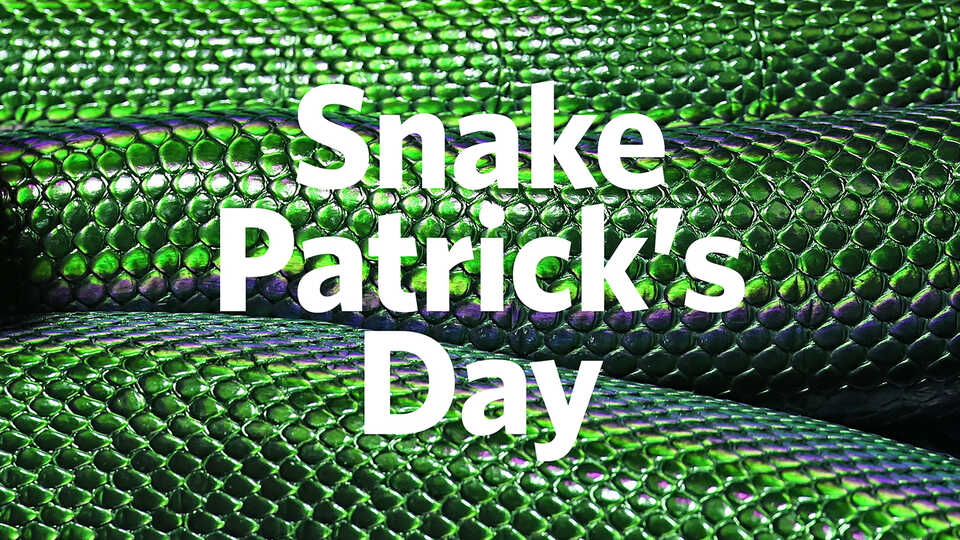
Let's celebrate March 17 properly by welcoming—not banishing—Earth's incredible snakes! In this virtual Snake Patrick's Day celebration, encounter live "ambassador" snakes with Academy biologists, go behind the scenes in our herpetology collections, and be awed by a trio of panels featuring flash-science presentations from some of the most amazing scientists working in snake-science today! (Live questions welcome.)
See below for our full lineup of live programming, explore panelist bios right here, and follow #SnekPatricksDay on Twitter and Instagram for even more exceptional snake content.
Please note: All times listed are Pacific Daylight Time.
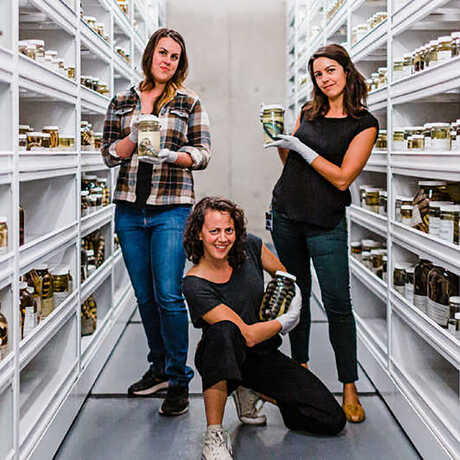
Join Academy herpetology collections manager Lauren Scheinberg—streaming live from the herp lab—as she takes viewers on a serpentine tour of favorites from our 315,000-specimen scientific holdings, one of the largest reptile and amphibian collections in the world.
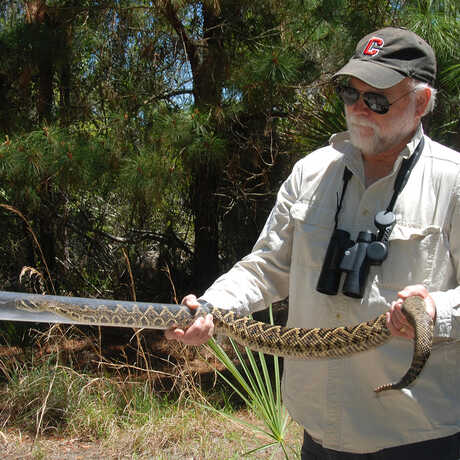
The first of our three live panels, each featuring flash-science talks from snake experts and ending with live audience Q&A. In alphabetical order, Panel 1 stars:
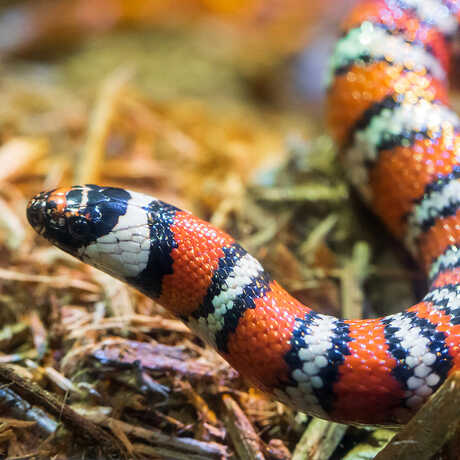
Make fabulous new friendsss via Academy biologists Sparks Perkins and Jenoh Gonzales, who will introduce viewers to Dwarf and Smalls, our ambassador ball python and mountain king snake! Live questions welcome, but please note: The actual ambassador snakes involved may change. "It depends on the snakes' moods," says Steinhart Aquarium curator Vikki McCloskey.
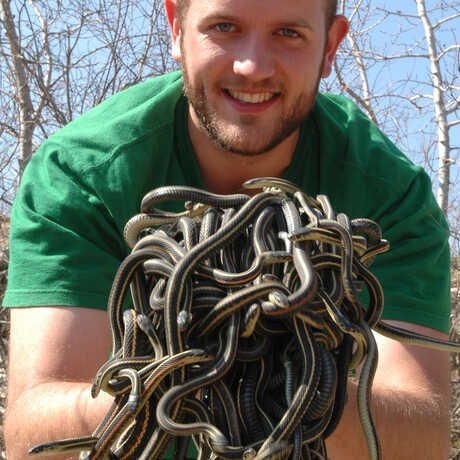
The second of three live panels, each featuring flash-science talks from snake experts and ending with live audience Q&A. In alphabetical order, Panel 2 stars:
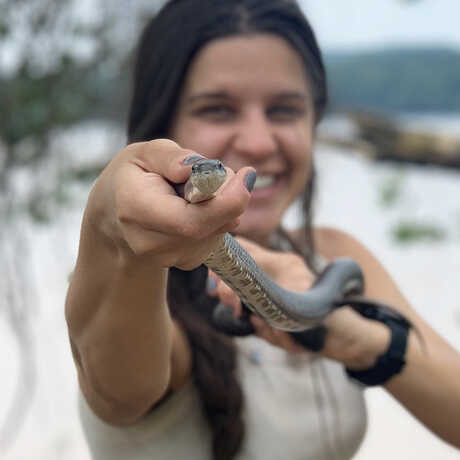
The last of our three live panels, each featuring flash-science talks from snake experts and ending with live audience Q&A. In alphabetical order, Panel 3 stars:
Enjoy an eclectic array of science content for all ages, from distance learning resources to in-depth livestreams.
Get to know our new livestream series, Breakfast Club and NightSchool, with a list of 10 viewer favorites from 2020.
The mission of the Academy's Institute for Biodiversity Science and Sustainability (IBSS) is to gather new knowledge about life's diversity and the process of evolution—and to rapidly apply that understanding to our efforts to regenerate life on Earth.